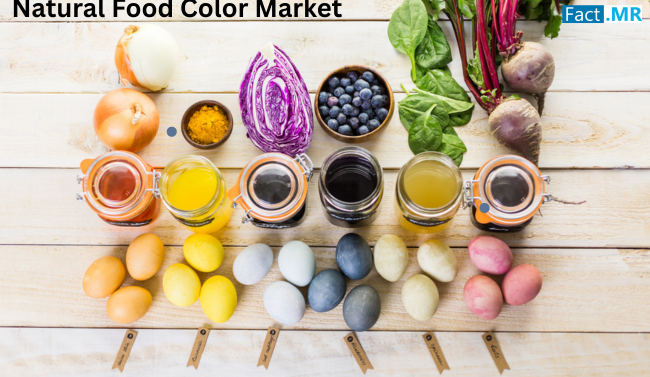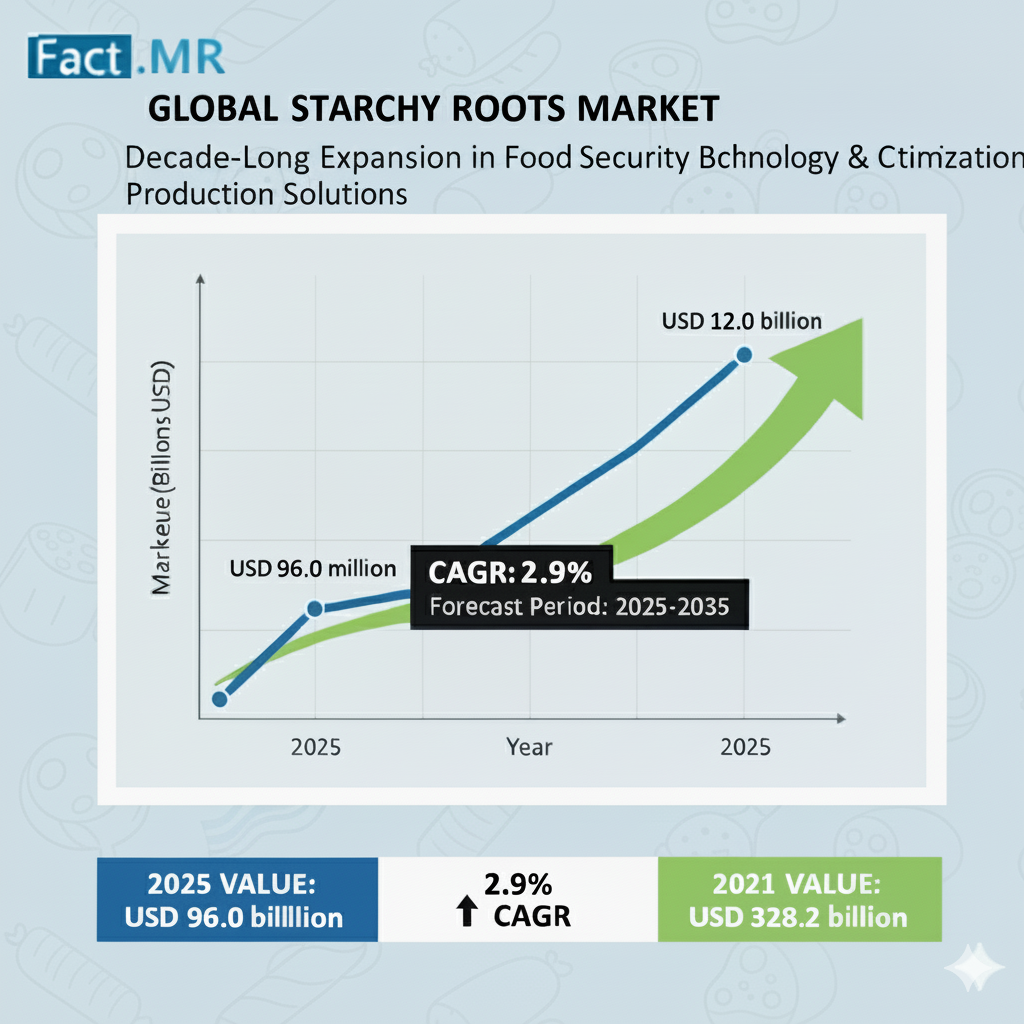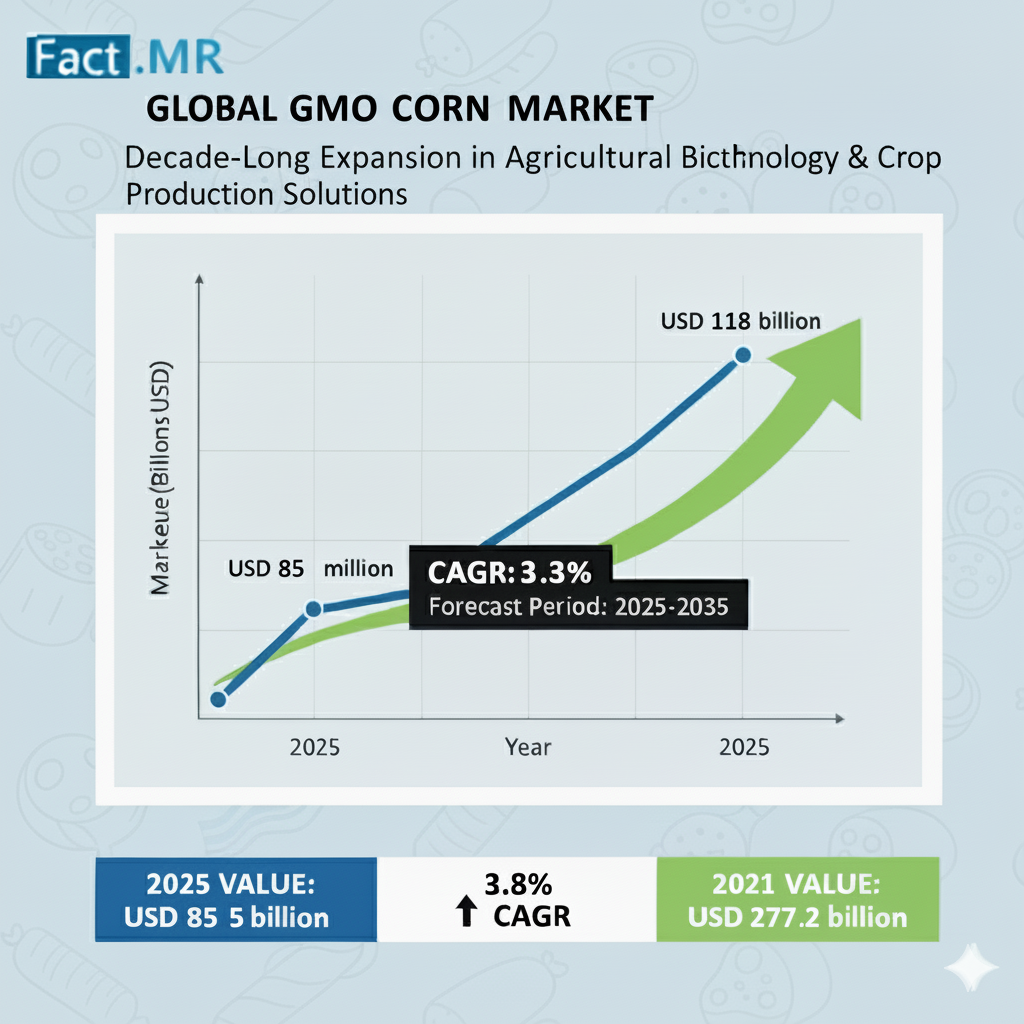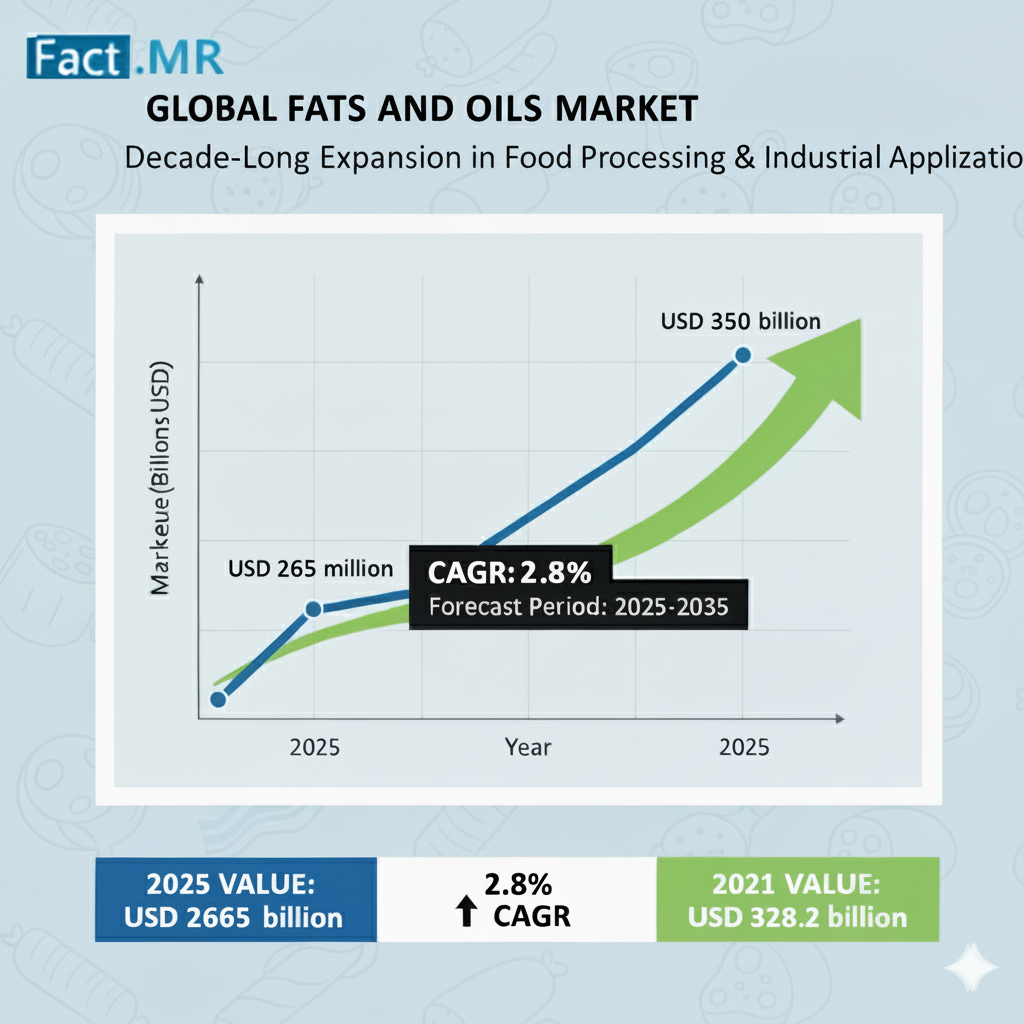As consumers become increasingly conscious of what they consume, the food and beverage industry is undergoing a significant transformation. One of the most notable shifts is the growing preference for natural food colors over synthetic alternatives. This transition is driven by increasing awareness about health, wellness, and sustainability, alongside a surge in clean-label product demand. The natural food color market is poised for consistent expansion over the next decade, fueled by innovations in botanical extraction, regulatory support, and shifting consumer expectations.
Market Overview
Natural food colors are pigments derived from fruits, vegetables, herbs, and other natural sources. Unlike synthetic dyes, which may raise health concerns, natural alternatives offer a safer and often more appealing option. These colors not only enhance visual appeal but also align with the growing demand for transparency and sustainability in food production.
The market for natural food colors spans various end-use industries, including beverages, dairy products, confectionery, bakery, and packaged foods. The transition from artificial to natural coloring agents is not just a trend—it’s a fundamental market evolution reflecting broader consumer values.
Regional Insights
North America remains a key adopter of natural food colors, largely due to the rising popularity of organic food products, clean-label movement, and well-informed consumers. Regulatory bodies and health advocacy groups continue to push for safer alternatives to synthetic additives, reinforcing the market shift.
Europe has long been at the forefront of food safety regulations, and its natural food color market reflects that commitment. The region enforces strict labeling requirements and bans several artificial dyes, which accelerates the demand for plant-based colorants. Consumer preference for ethical, sustainable ingredients further drives the adoption of natural alternatives across the continent.
Asia-Pacific is emerging as a dynamic region in the natural food color space. Traditional use of plant-based ingredients, such as turmeric and spirulina, creates a favorable landscape for market expansion. As economies grow and urbanization increases, demand for packaged foods with natural ingredients is surging, presenting new opportunities for producers.
While still developing, these regions are gradually aligning with global health and wellness trends. The increasing penetration of multinational food and beverage companies in these markets is expected to drive awareness and adoption of natural food colors over the forecast period.
Key Trends & Forecast
Rise of Clean Label and Plant-Based Products
The clean-label trend is no longer niche—it has become mainstream. Consumers now scrutinize ingredient lists, and brands are responding by replacing synthetic dyes with natural alternatives. Natural food colors fit seamlessly into clean-label strategies, offering both visual appeal and functional value.
Innovation in Extraction and Stabilization
Technological advancements are making it easier to extract vibrant and stable colors from natural sources. Innovations in microencapsulation, fermentation, and enzyme technologies are improving shelf life, heat resistance, and pH stability of natural colors, thus widening their application spectrum.
Focus on Health and Wellness
Consumers are increasingly associating artificial additives with health risks, pushing the food industry to reformulate existing products. Natural food colors derived from beetroot, paprika, and spinach not only serve coloring purposes but also offer antioxidant properties, adding nutritional value to the product.
Regulatory Support and Labeling Standards
Global regulatory bodies are showing greater inclination toward approving and promoting natural ingredients. Harmonization of labeling requirements and banning of certain synthetic dyes are helping shape a more transparent and health-oriented food supply chain.
Expanding Applications Across Industries
While beverages and confectionery remain the largest segments using natural colors, other sectors like dairy, snacks, and ready-to-eat meals are quickly catching up. Natural coloring agents are increasingly used to differentiate products and create premium, health-centric offerings.
Applications & End-Use Outlook
- Beverages: Natural food colors are widely used in juices, soft drinks, and alcoholic beverages to enhance visual appeal and align with wellness branding. Fruit- and vegetable-derived colorants resonate well with consumers seeking both flavor and function.
- Confectionery and Bakery: These sectors benefit significantly from the vivid hues of natural colors. Products like gummies, icing, cakes, and pastries are being reformulated to use plant-based dyes, with manufacturers focusing on maintaining consistency and brightness without compromising ingredient integrity.
- Dairy and Frozen Products: Yogurts, flavored milk, and ice creams are increasingly adopting natural coloring agents. Heat-stable and emulsified natural colors are becoming popular in this segment, particularly those that withstand freeze-thaw cycles.
- Savory and Snack Foods: Even traditionally color-neutral categories like snacks and savory foods are exploring the use of natural colors for differentiation and enhanced branding. The rise of functional snacks and plant-based meat analogs has also opened new avenues for color innovation.
- Packaged and Processed Foods: Convenience foods and ready meals are being reformulated to appeal to health-conscious consumers. Natural colors are being used to improve the appearance of these foods while satisfying clean-label requirements.
Competitive Landscape
The natural food color market is moderately consolidated with a mix of global leaders and regional players. Companies are focusing on expanding their natural ingredient portfolios through partnerships, acquisitions, and in-house R&D. The competition is largely driven by innovation, sourcing transparency, and the ability to deliver scalable solutions that meet both regulatory and consumer demands.
Key strategies in the industry include:
- Backward integration to control raw material sourcing.
- Investment in biotechnology to derive novel color compounds.
- Partnerships with food brands for co-development of clean-label products.
- Sustainability initiatives focused on reducing carbon footprints and waste in production.
Challenges and Opportunities
- While the market outlook is largely positive, several challenges persist:
- Higher costs of natural food colors compared to synthetic alternatives.
- Stability issues, such as sensitivity to light, temperature, and pH.
- Supply chain complexities in sourcing consistent, high-quality raw materials.
However, these hurdles are being addressed through ongoing R&D, growing economies of scale, and industry collaboration. As the market matures, the cost-performance gap between natural and synthetic colors is expected to narrow, enhancing market accessibility.
Emerging opportunities include:
- Development of hybrid color systems combining natural colors with safe stabilizers.
- Exploration of lesser-known botanical sources from biodiverse regions.
- Integration with functional foods offering dual benefits of color and nutrition.
Conclusion
The natural food color market represents a fundamental shift in how colorants are perceived and utilized in the food industry. This change is being driven by consumers who demand transparency, safety, and authenticity from their food products. As clean-label and health-oriented trends continue to dominate, the role of natural colors will only become more prominent.
Businesses that invest in innovation, quality sourcing, and sustainable practices are well-positioned to lead the next decade of growth in this market. By embracing natural food colors, companies not only enhance product appeal but also align themselves with the values of today’s discerning consumers.
To succeed in this evolving landscape, staying informed through comprehensive market analysis is essential. Understanding regional dynamics, technological advancements, and shifting regulatory environments can provide valuable insights for companies aiming to thrive in the era of natural ingredients.



